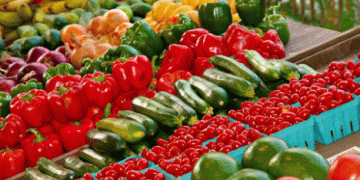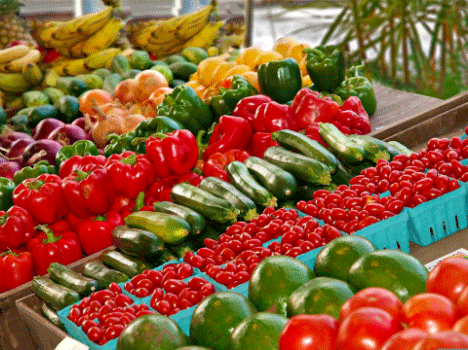The inflation rate in the European Union (EU) is showing signs of stabilization, with the annual rate recorded at 2.8% in July 2024, up from 2.6% in June. Despite this marginal increase, the inflation rate remains far lower than the 6.1% recorded in the same period last year. In the Eurozone specifically, inflation reached 2.6% in July, a small increase from 2.5% in June, reflecting a gradual recovery from the high inflationary period observed in 2023.
For the agricultural sector, this inflation shift has been a double-edged sword. While the overall inflation rate has subsided, its impact on food prices remains a major concern. In Spain, for instance, inflation is particularly affecting food costs, which has direct implications for farmers and food producers. The increased cost of inputs, such as fertilizers, feed, and energy, continues to exert pressure on production costs, even as general inflation slows.
The variability of inflation across EU countries is notable. Finland, Latvia, and Denmark recorded the lowest inflation rates in July at 0.5%, 0.8%, and 1.0%, respectively. On the other hand, countries like Romania (5.8%), Belgium (5.4%), and Hungary (4.1%) experienced higher inflation rates. This disparity in inflation rates reflects differing economic conditions across the EU, which can influence agricultural trade and pricing strategies in various regions.
For farmers and agricultural engineers, understanding these economic trends is crucial for planning. The increase in food prices due to inflation affects not only local markets but also export dynamics. High inflation in certain regions could lead to increased demand for food imports, potentially opening new opportunities for farmers in countries with lower inflation.
At the same time, scientists and agronomists are closely monitoring how inflationary pressures might impact the adoption of sustainable agricultural practices. With the rising costs of traditional inputs, there could be a stronger push towards more efficient and resilient farming techniques, including precision agriculture and the use of alternative fertilizers.
The slight recovery in the EU inflation rate to 2.6% in July 2024 signals a move towards economic stabilization. However, the ongoing inflationary pressure on food prices continues to challenge the agricultural sector. For farmers, agronomists, and agricultural engineers, staying informed about inflation trends and their effects on input costs and market dynamics is essential for making strategic decisions in the coming months. Balancing the need for cost-effective production with the demand for sustainable practices will be key as the industry navigates this economic landscape.































